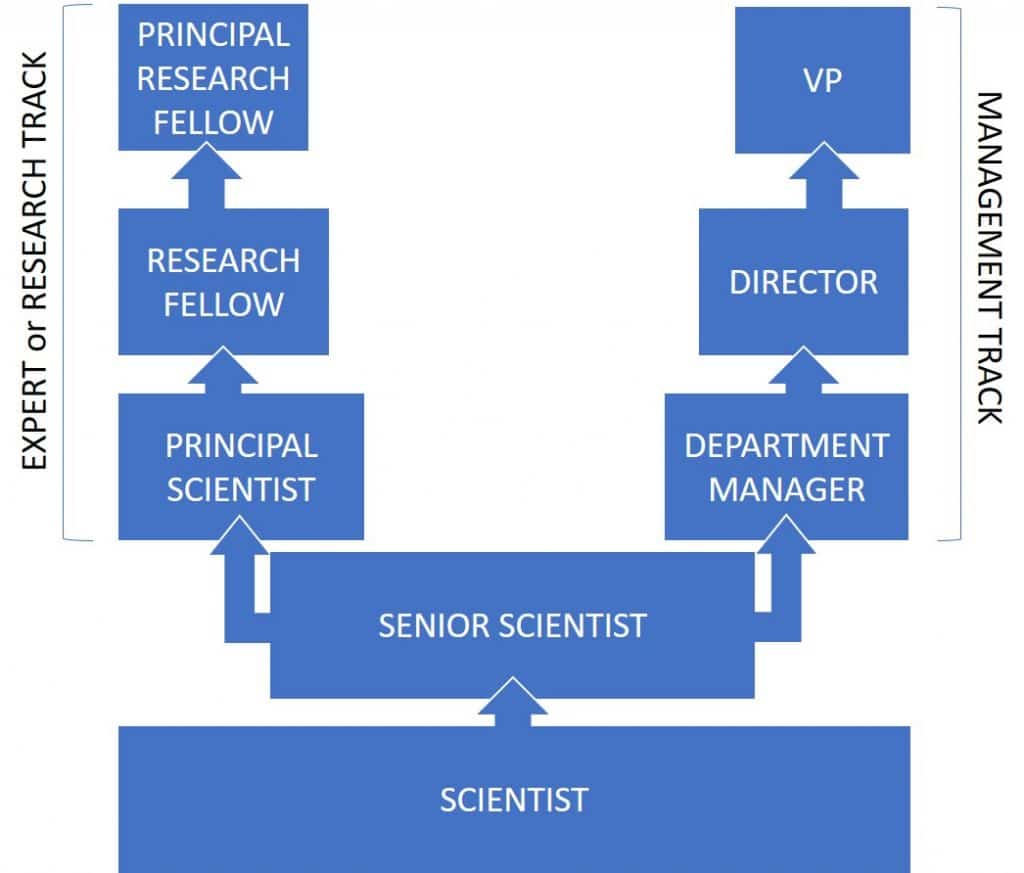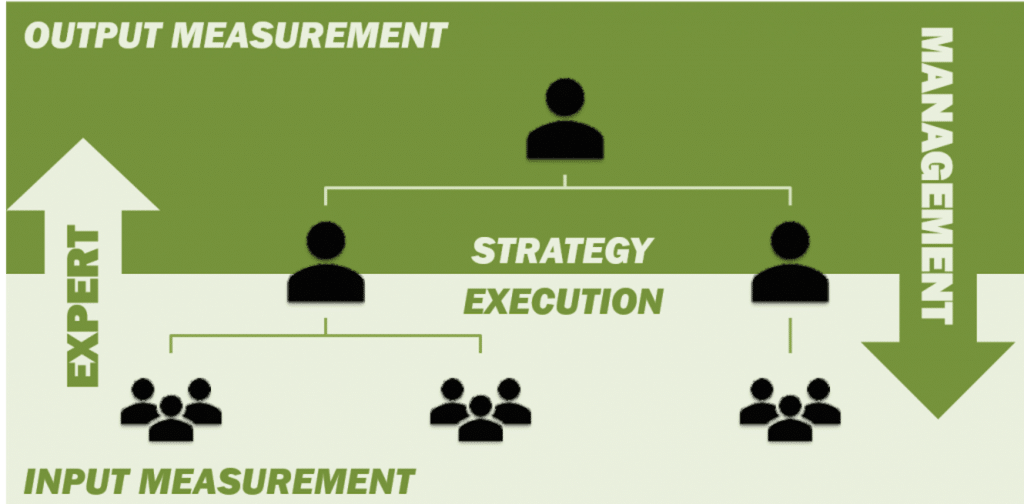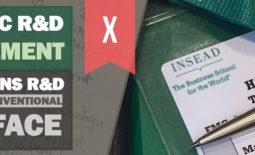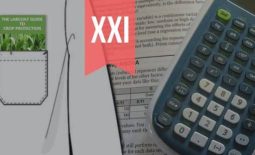Strategic R&D Management VII: How to Lead Innovation in R&D teams
In the previous article in the series on Strategic R&D Management in AgChem and BioScience, I wrote about Inclusive Management Frameworks for Strategic R&D. In this fifth article of the series, I write on Leading Innovation in R&D teams.
If this article provides value, please consider liking and sharing. Your feedback is invaluable, and helps new readers discover my work!
To successfully manage the critical interface between strategy (vision) & execution for innovation portfolios, it is necessary to introduce an iterative, input-based and inclusive development framework to promote the inclusion and buy-in of expert teams.
How do we ensure a speak-up culture?
Traditionally, crop protection companies have implemented a classical management career track. In this system, competent R&D scientists are promoted to management positions, and it is from these positions that contributions are made to business strategy.
Unfortunately, it is not always the case that the most competent experts become the best managers or strategists, and it is quite common for excellent scientists to attain management positions and subsequently leave the company to return to the bench.
Alternatively, talented scientists may refuse promotion to managerial positions, and their input to strategic decisions is lost.
The introduction of expert-career track (paralleling the management career track in a dual career track system) is a way to provide experienced and talented scientists with the opportunity to contribute to business strategy at a managerial level, without the constraints of a managerial career track.

Figure 1: Dual career track system
Here, talented scientists progress through Senior- and Principal Scientist levels to the position of Research Fellow, at which level they have the same opportunity to provide strategic input as e.g. an R&D Director.
How do we promote bottom-up initiatives?
Conventional, output-based incremental development frameworks are appropriate for the management of incremental (conventional) development projects, and output-based measures of performance such as KPIs are easy to define.
However, incremental frameworks may hinder the iterative R&D process of innovation, and KPI’s and bonus incentives often prove detrimental to the innovation process. Simply put, bonuses do not always motivate scientists.

Figure 2: Input-based performance measurement in an Inclusive Management Framework.
For innovation projects, measures of input-based performance can be more appropriate, although the identification and quantification of these performance measures proves challenging for many companies.
An example of an appropriate measure could be the quantification and recognition of learning provided to the project or company by the individual.
For input-based innovation projects, one objective of measuring performance is to provide a means to end the innovation process (e.g. by defining a minimum viable product).
How do we lead and motivate expert teams?
Innovation and inclusion of expertise from the “execution” or “down” organizational layer entails recognizing and legitimizing innovation and learning inputs as a measure of input-based performance.
At the same time, clear expectations of independent, individual innovation should be included in R&D job descriptions.
“It doesn’t make sense to hire smart people and then tell them what to to, we hire smart people so they can tell us what to do. ” – Steve Jobs
R&D experts should always have the freedom to challenge the existing R&D framework, to ensure “bottom-up” integration, for example by critically evaluating project-group makeup – “is Biology adequately represented throughout the project time plan?” and “do evaluation criteria also measure learning?”.
Rather than monetary bonuses, R&D staff may be better motivated through e.g. the provision of time for them to pursue non-project related innovation initiatives, opportunities for scientific publication and increased access to scientific congresses and conferences not directly relevant for the company’s core business.
Increased flexibility in working hours and locations for R&D staff as well as increased autonomy have also proven to be effective motivators.
Finally, the visible inclusion of R&D input into strategic business decisions by encouraging a speak-up culture and promoting bottom-up initiatives is a key factor in ensuring the motivation of expert teams.
_
Thanks for reading – please feel free to read and share my other articles in this series!
The first two books in the LABCOAT GUIDE TO CROP PROTECTION series are now published and available in eBook and Print formats!
Aimed at students, professionals, and others wishing to understand basic aspects of Pesticide and Biopesticide Mode Of Action & Formulation and Strategic R&D Management, this series is an easily accessible introduction to essential principles of Crop Protection Development and Research Management.

A little about myself
I am a Plant Scientist with a background in Molecular Plant Biology and Crop Protection.
20 years ago, I worked at Copenhagen University and the University of Adelaide on plant responses to biotic and abiotic stress in crops.
At that time, biology-based crop protection strategies had not taken off commercially, so I transitioned to conventional (chemical) crop protection R&D at Cheminova, later FMC.
During this period, public opinion as well as increasing regulatory requirements gradually closed the door of opportunity for conventional crop protection strategies, while the biological crop protection technology I had contributed to earlier began to reach commercial viability.
I am available to provide independent Strategic R&D Management as well as Scientific Development and Regulatory support to AgChem & BioScience organizations developing science-based products.
For more information, visit BIOSCIENCE SOLUTIONS – Strategic R&D Management Consultancy
_
Harry Teicher is the founder of BIOSCIENCE SOLUTIONS and an Authorpreneur, providing organizations with Strategic- and Project Management as well as Development & Communication solutions. He is an Administrator of the INSEAD Strategic R&D Management Alumni Network LinkedIn group. Follow him on Linkedin, Twitter and Facebook.



